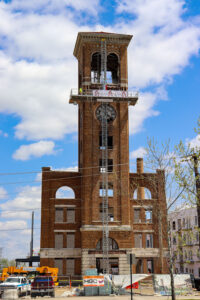Buckeye Construction & Restoration continues to expand in the Tennessee Market with two impressive adaptive reuse projects recently completed in downtown Nashville.
![]()
Cummins Station
The history of Cummins Station dates to 1900 when it was originally built as a railway warehouse, serving as a hub for the transportation of goods and materials. The building played a crucial role in Nashville's emergence as a major economic center due to its proximity to the railroad and downtown, making it a focal point for trade and commerce. As times changed, the Cummins Station building, like many other industrial structures, faced the challenge of obsolescence. However, rather than succumbing to decay and neglect, Cummins Station was destined for a remarkable second act.
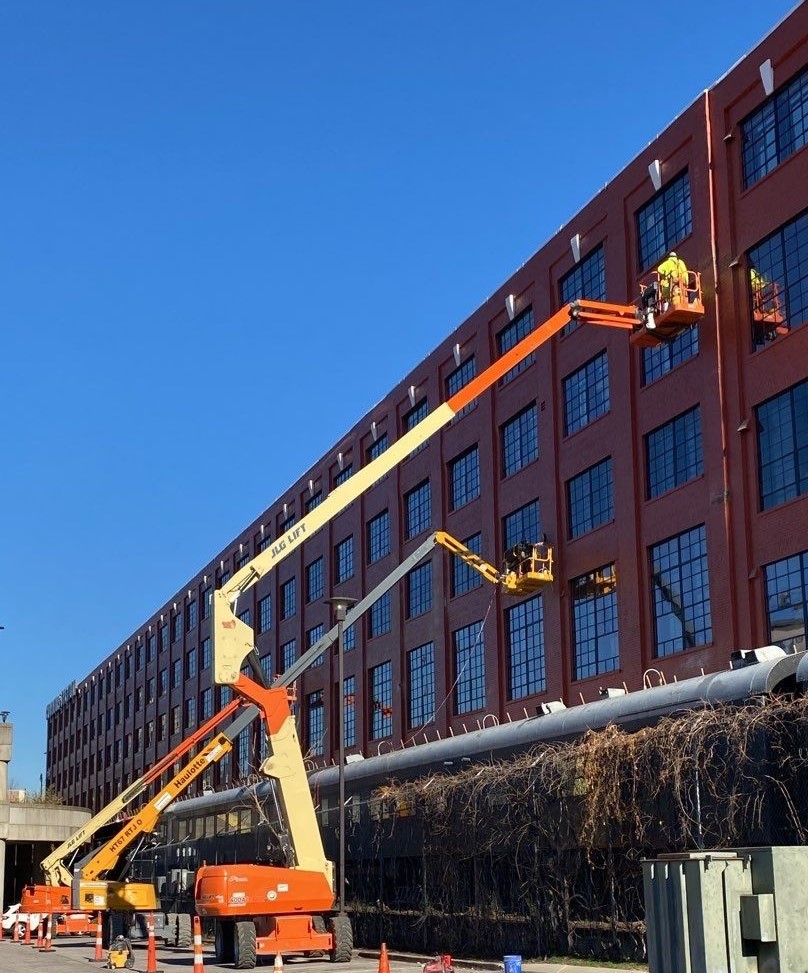
In 2020, the owner of the four-story red brick building announced a plan to revitalize and update the building into a pedestrian-friendly mixed-use facility with over 400,000 square feet of office, retail, and restaurants. The building now houses the corporate headquarters for the famous guitar manufacturer Gibson Guitars.
As the façade restoration contractor for the final phase of the project, Buckeye Construction & Restoration (BCR) scope included repointing, spot pointing, brick replacement, repair of concrete sills, and demo/rebuilding of several areas of damaged masonry.
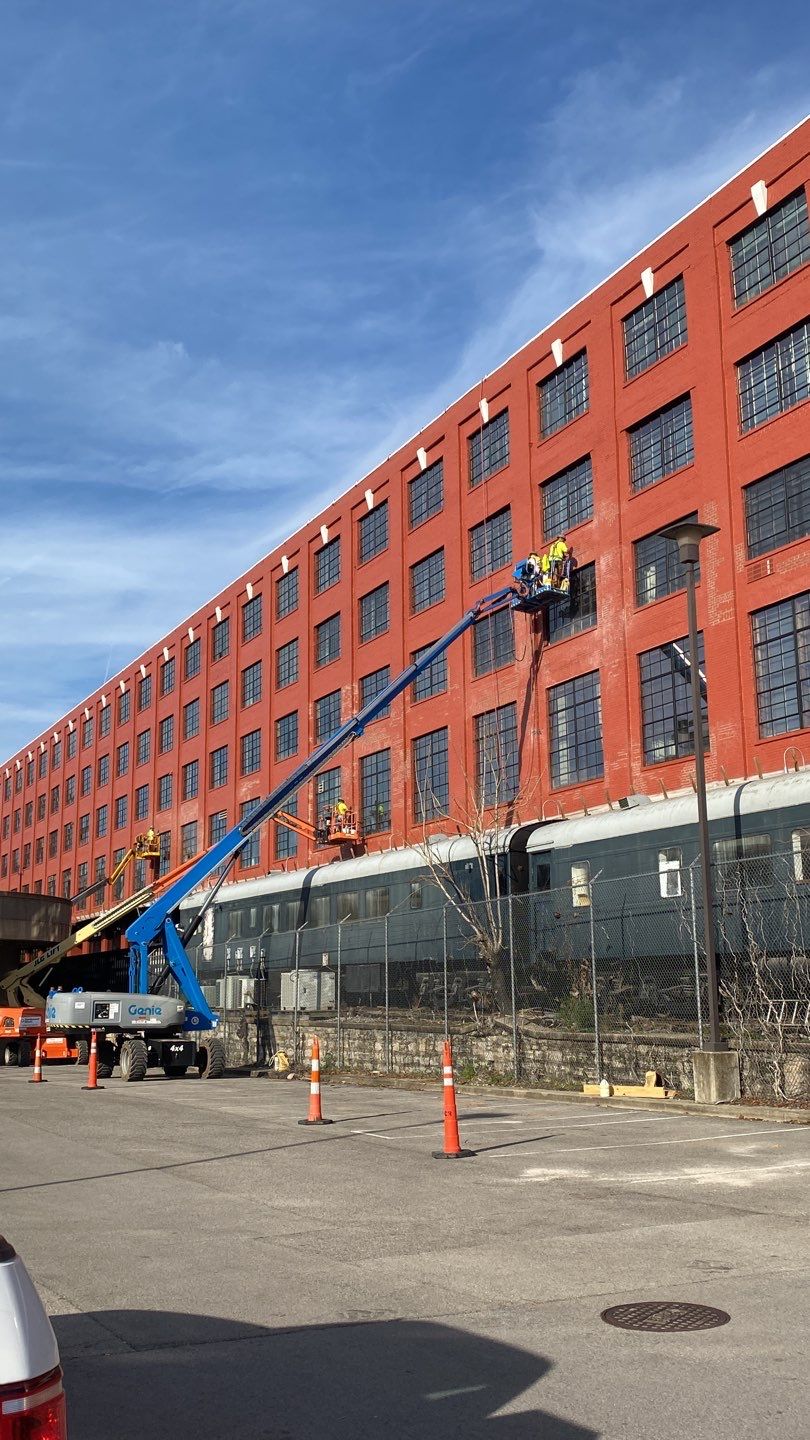
Light to moderate cleaning of the building and repaired areas were also part of the project scope. PROSOCO's Sure Klean 600 and PROSOCO Light Duty Restoration Cleaner were used for this portion of the project.
Thanks to the craftsmanship of the BCR team, Cummins Station today represents a blend of old and new, where its industrial aesthetic of exposed brick walls, large windows, and historical charm can coexist with contemporary amenities and uses.
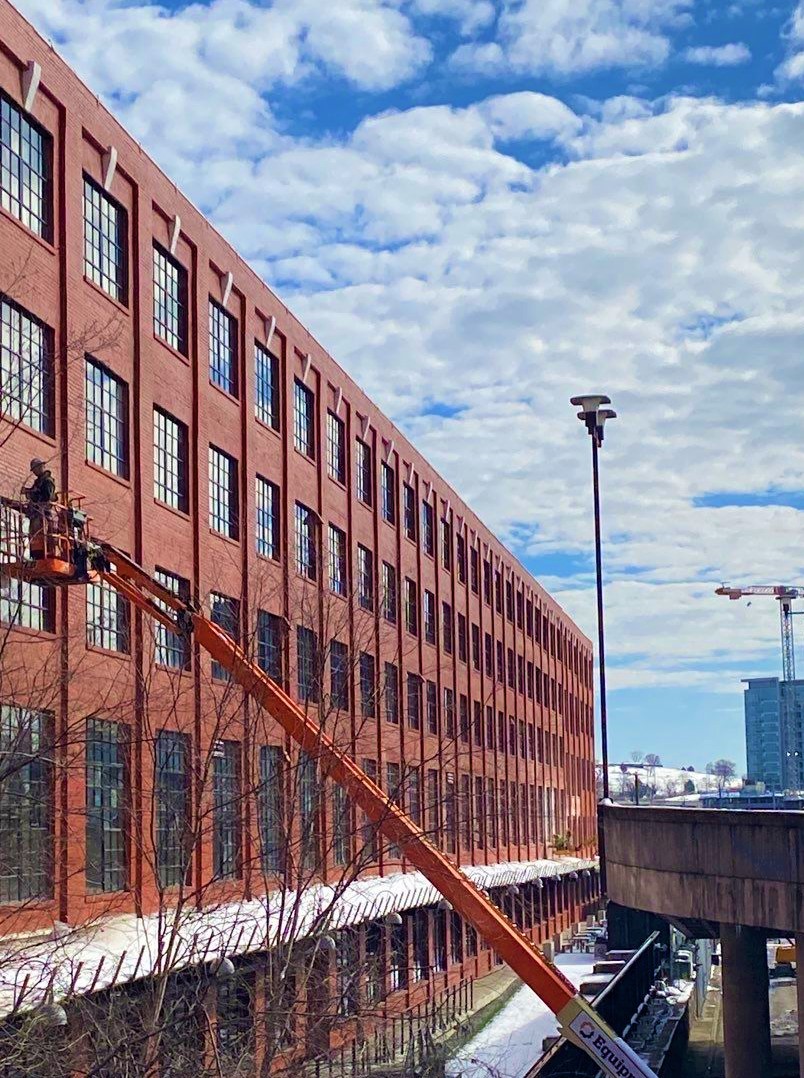
Cannery Row
Cannery Row is a facility consisting of three historic buildings in downtown Nashville. Originally constructed in 1883 as a flour mill, the Cannery Row buildings evolved over time to also serve as a coffee mill in the 1930s and a processing facility for Dale Foods Company’s jams, jellies, and other foodstuffs beginning in the 1950s. In 1981, the Dale family transformed the building into an 18,000-square-foot music venue and restaurant, attracting performances from the likes of Reba McEntire, George Strait, Patty Loveless, and Tammy Wynette.
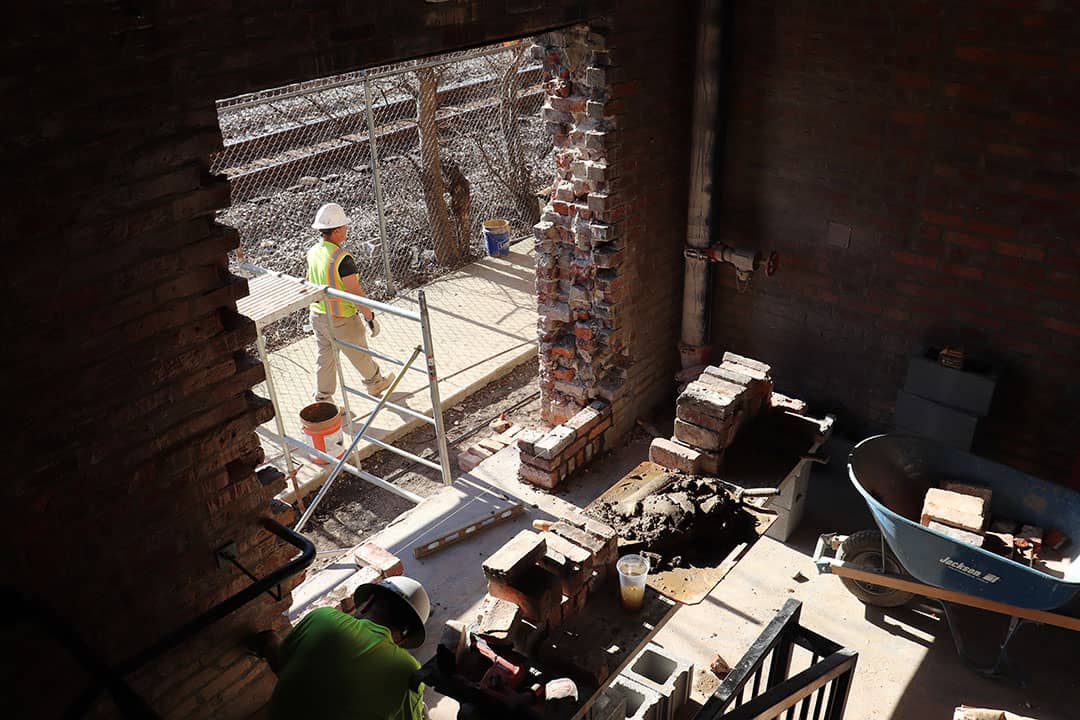
The latest adaptation of Cannery Row includes an update of the music venue at Cannery Hall and the creation of a boutique hotel in the two adjacent buildings. The remodel of Cannery Hall, completed in 2023, stays true to its live music heritage with three distinct performance venues within the building: the Cannery Ballroom, The High Watt, and the Mercy Lounge. The boutique hotel is to be completed in 2024, offering a unique high-end experience.
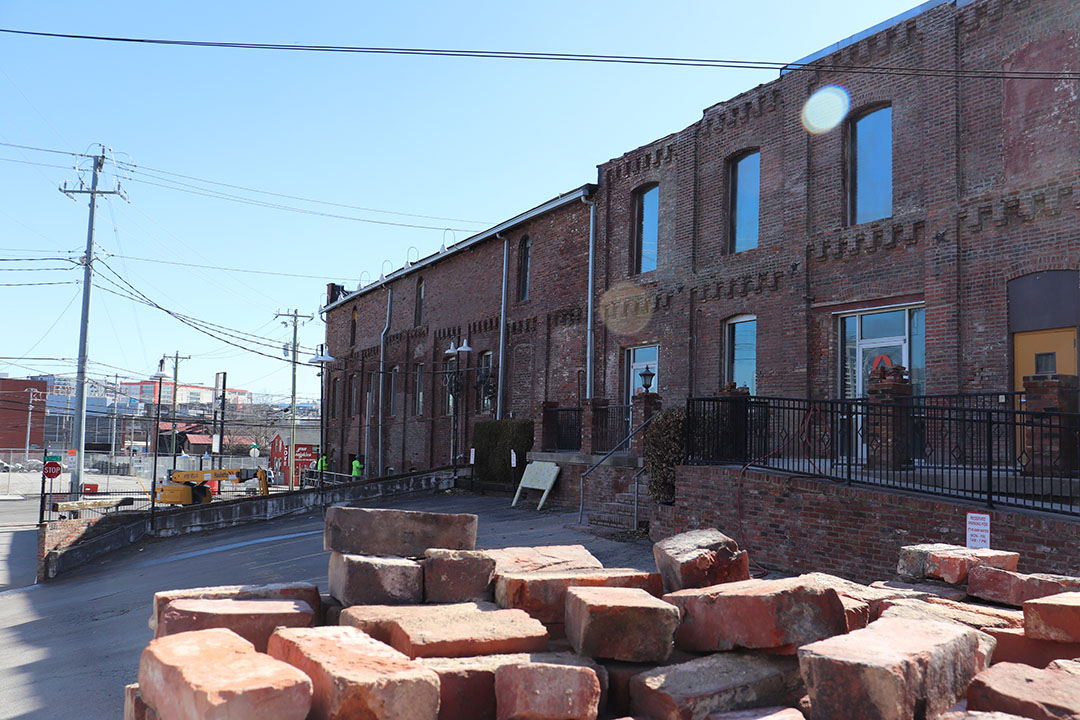
The restoration and renovation of the facility included structural upgrades to ensure the safety and functionality of the space for its new purpose. BCR’s scope of work addressed both the structural integrity and visual appeal of the load-bearing exterior brick façade. BCR’s scope included repointing, spot pointing, brick replacement, repair of several severely deteriorated areas, and stabilization/structural repair of several areas of damaged masonry.
The structural issues were the first priority on the project. Bob Brown, president of BCR, said the façade was in bad shape with loose mortar and brick, and large vertical structural cracks at several locations. BCR’s craftsmen utilized a method called “crack stitching” using PROSOCO Stitch-Ties to repair the vertical cracks. PROSOCO’s Stitch Ties were also used to repair several areas of delamination.
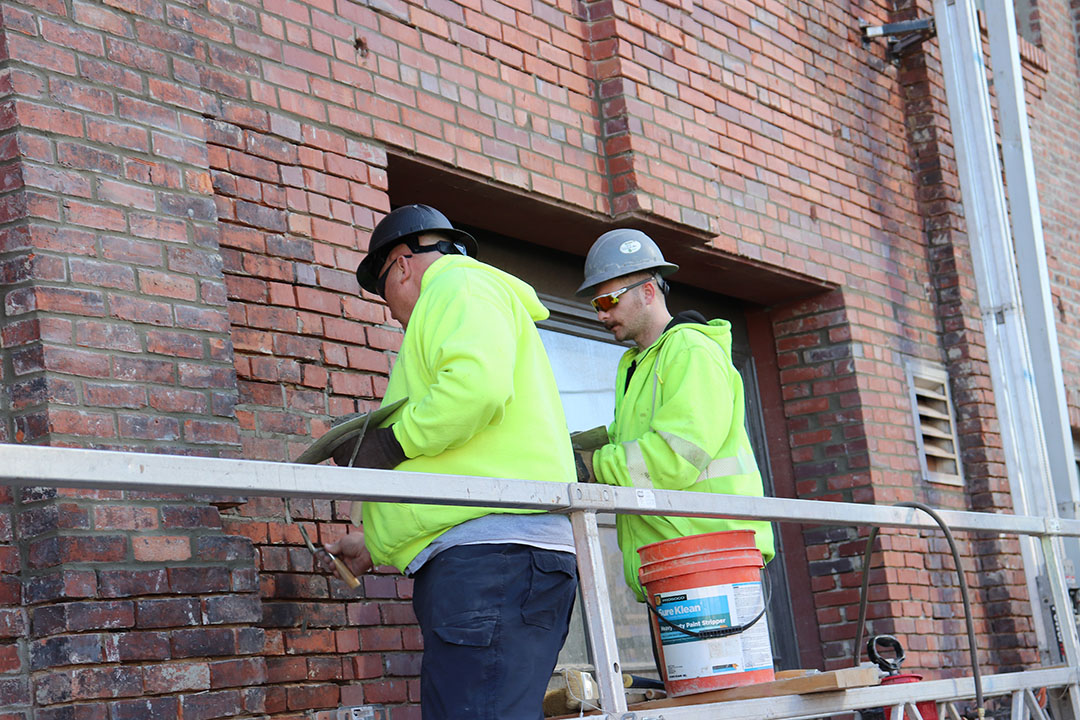
Light to moderate cleaning of the building and repaired areas were part of the scope on this project too, using Sure Klean 600 and Light Duty Restoration Cleaner.
At several locations, it was required to remove paint from the existing brick to facilitate the repair of the brick and while also allowing the brick to be exposed as part of the aesthetic of the final product. Working with the experts at PROSOCO to determine the best procedure, BCR used Heavy Duty Paint Stripper to remove the paint from the brick.
![]()
PROSOCO is excited to continue to grow with BCR in the Tennessee market. Visit www.bcrmco.com for more information on BCR.
